Executive Dysfunction Hacks
Executive dysfunction hacks
1) For doing the dishes
Use dishwashing gloves. Get yourself a pair of nice ones that are made of thick latex and soft on the inside if you can. This will minimize the bad sensory experience of touching gross wet food, and you’ll be able to use the hottest water possible, which makes cleaning easier.
If you are sensitive to smells, use unscented dish soap, or a dish soap that has a smell you like.
Instead of filling up the entire sink with water, only fill up individual dishes with water. For example, fill up a mug with hot water, and put the cutlery inside to soak. Fill up bowls with hot water and stack them on top of each other. You get the benefits of soaking without the incredible inconvenience of turning your kitchen sink into a filthy pond of gross, stagnant water.
2) For the bathroom
Get yourself a sponge with a handle on it, one of those that come with a reservoir for soap. Fill it up with dish soap and keep it in your bathtub or shower. That way, whenever you’re showering, you can use that opportunity to give your bathtub or shower a quick scrub.
3) General hacks
Set your timer for 20 minutes, 10 minutes, 5 minutes, whatever you can handle. Then do the thing (you know, that thing you don’t feel like doing) for the duration of this self-alloted time. And once the time has passed, you reward yourself, because you fucking deserve it. Example rewards: watching an episode of your favourite TV show, reading a good novel, etc. It helps to also set a timer for the reward. I often alternate 20 minutes of watching an episode of a TV show, with 20 minutes of doing a chore. This is an adaptation of the 20/10 idea from Unfuck Your Habitat.
If you can’t handle taking out the garbage until later (for whatever reason), double-bag it so that it doesn’t stink up your apartment and leak garbage juice. Yeah yeah, it’s wasteful, you’re using two garbage bags…look, who cares. Better to use twice as many garbage bags than live in an apartment that smells like garbage.
Use an app that gamifies your to-do list, such as Habitica (I might make a separate post with app recommendations).
More Posts from Thestarsarenotyetnamed and Others
Why the UK can, and should, make space for our indigenous minority languages.
The ten languages indigenous to the British Isles and still spoken today are English, Scots, British Sign Language, Welsh, Gaelic, Irish, Cornish, Manx, Angloromani and Shelta.

HOLD UP HOW WAS I NOT AWARE OF THIS
It doesn't matter the universe, there's always going to be a John Tracy 22,400 miles up on his space station, listening
Lucy suggested I create a 2004 and a 2015 version of the 1965 John I drew to make a cool transition aND-
I’ve just gotten into digital drawing and I’m getting disheartened by my lack of progress, and frustrated at how bad I am at drawing without a reference. Is it possible to improve drawing even if I never go without a reference? Or do you have any tips for drawing just from your imagination?
Hey there! Long response ahead. You may find it reassuring to know that it took me around half a decade to get good at drawing without reference, and for a good chunk of that time I was drawing daily for 3 or 4 hours per day. It’s not an overnight thing, it’s not even a within-a-year thing; your brain genuinely needs the time to learn to generate images & volumes rather than to solely perceive them.
In branching out to digital, you and I inadvertently added a slight layer of difficulty to this process of learning to draw without reference. It’s more noticeable now than it will be in a few years time, but here’s what I imagine you’re dealing with (as I dealt with when I started digital): any drawing knowledge you gained through drawing traditionally seems like it’s gone, or at least really hard to access. When you try to sketch or paint digitally it might seem like you “forgot” how to address proportions, values, anatomy, volumes, color, etc.—but when you go back to drawing traditionally, it all comes back. That’s just the nature of moving to a radically different medium.
If you practice consistently for a few more weeks, you’ll notice that things start to come back to you. After a few months to a year, and digital may feel as natural (or more natural) to you than traditional. If you’re exclusively drawing digitally during this time, you’ll likely have trouble learning to draw without a ref, just because your mind is still adjusting to this very big change—but that’s to be expected. Accordingly, I’d recommend that you keep drawing traditionally as you learn digital, and do your non-reference drawings traditionally, for the most part. This way, your brain is only handling one major change at a time (digital vs. imagination). Once digital is like second nature to you, you can do more imagination drawings there.
On drawing from reference: Stepping away from the logistics of brain stuff, you absolutely can improve as an artist if you never go without a ref. I know hundreds of artists who make incredible work that stems from clever use of references. Art made with references is valid; if you don’t know what something looks like, there is literally no shame in finding pictures of it in order to make a good piece. I do it frequently.
There’s also this spectrum of ref use that I’ve picked up on: on one end, there’s art that may nearly be a copy of some picture (e.g., essentially a study with a few details changed); and on the other, there’s art in which the artist takes little samples from many, many photos or other art pieces and incorporates them into one cohesive image. It’s easier to start from the former end and head towards the latter. The convenient part of using small portions of many references is that it’s not difficult to transition to doing drawings from imagination. When you focus on a small visual, it’s easier to remember it than if you were trying to remember one very large and complex set of visuals (e.g., it’s easier to visualize an eye than the entirety of a face).
Described above is a more gradual solution for drawing without a ref—that is, slowly using less and less reference over years of remembering and learning. I also recommend the brute-force approach (I employed the two in tandem): making yourself to draw from imagination, preferably with a direction in mind, and seeing how far you can go before you encounter too many gaps in your knowledge to continue. When you can discern gaps (e.g., not knowing what an arm looks like at a very specific angle), take note of a few that you find important, and study them. You won’t be able to figure out everything quickly, so don’t fret about that. This is very much an active learning approach, and will likely get you results quicker than the method mentioned in the paragraph above. It’s also scarier, as you’ll be humbled pretty quickly by the ocean of knowledge that you are without—I know I was :)
As is proper for an answer addressing drawing from imagination, here’s a study of a photo. I’ve been trying to figure out how to paint in Procreate as of a few days ago, and it’s been quite interesting. I still prefer Photoshop, but the app certainly has its merits.

I’ve been pretty inconsistent with posting recently, and it’s mostly due to schoolwork. Junior year for my major is notoriously heavy, so I haven’t been able to paint illustrations (outside of commissions that I’m finishing) and answer questions, sorry about that!
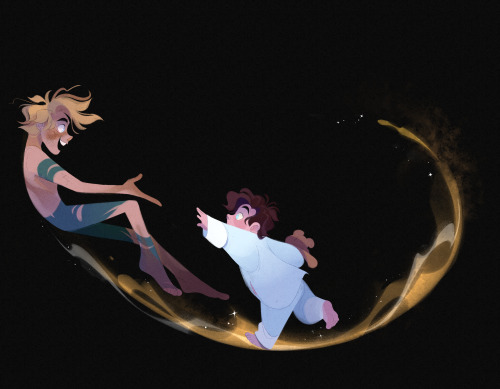
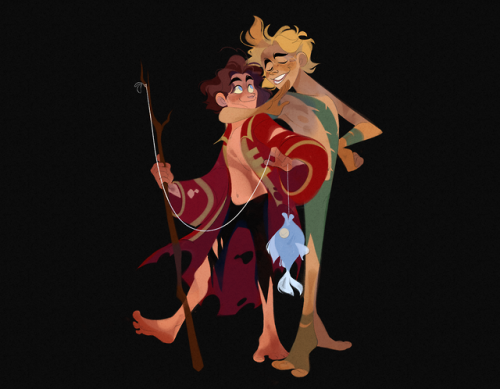
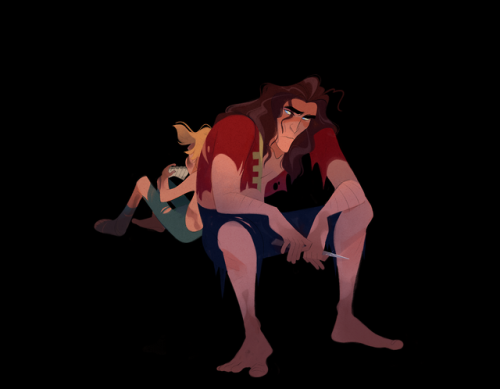
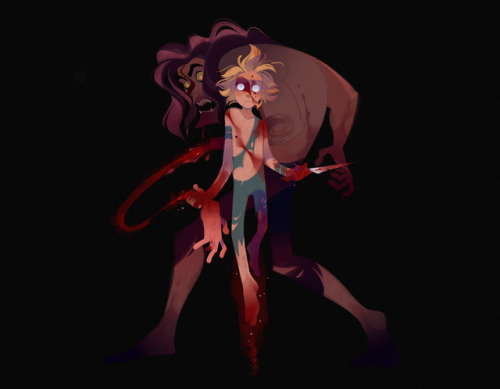

The first Lost Boy
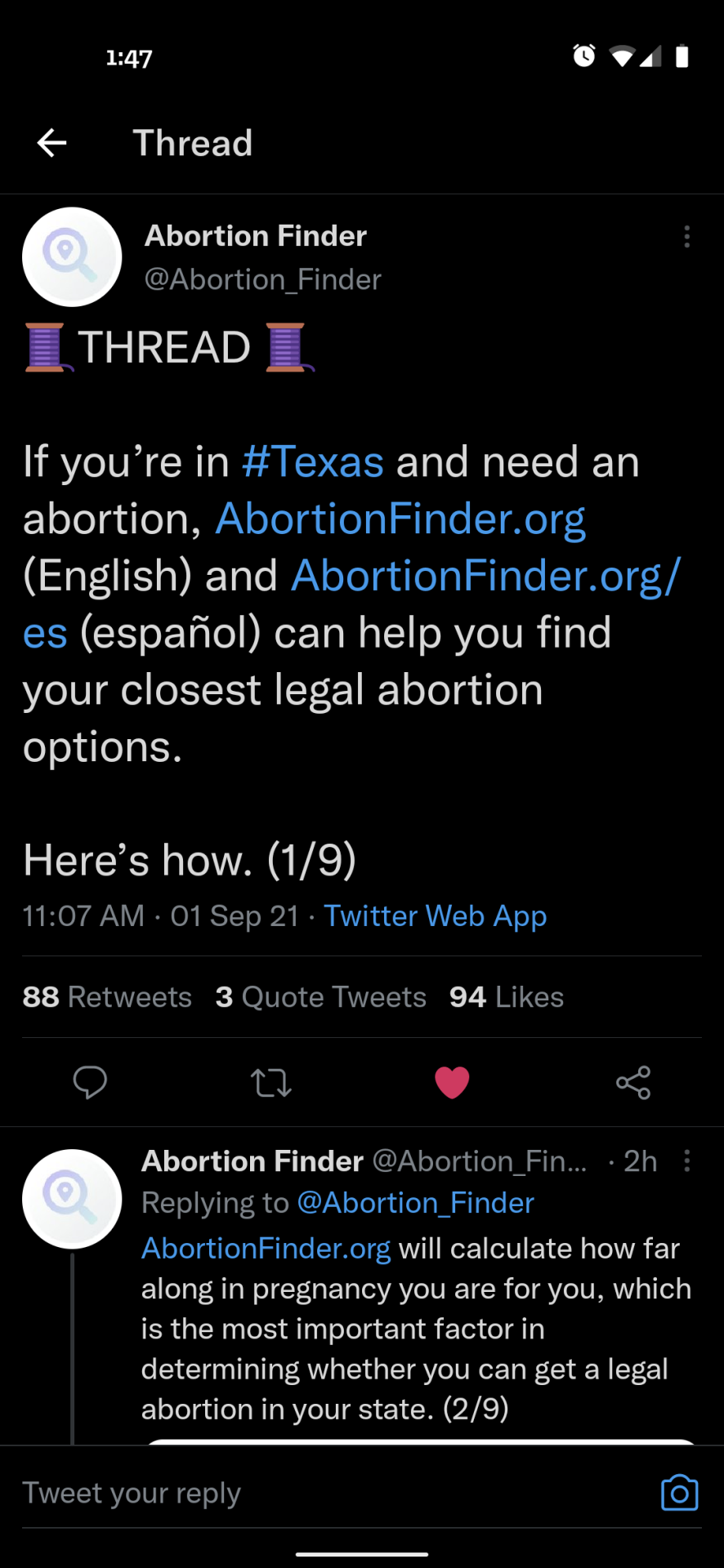




Figured I’d share this for anyone struggling in Texas right now, or anyone who needs abortion help.
EVERYONE SHUT THE FUCK UP SCIENTISTS AT THE SCHMIDT OCEAN INSTITUTE HAVE FOOTAGE OF A LIVE COLOSSAL SQUID FOR THE FIRST TIME EVER !!!!!!!!!!!!!!!!!!!
🦑‼️🦑‼️🦑‼️🦑‼️🦑‼️🦑
hey chat did you guys know there's a whole website with informational videos on the rights you hold when interacting with ICE or witnessing interactions with ICE. all written by immigrants and for immigrants. idk man it'd be a shame if people watched these informational videos y'know.

six weeks six fucking weeks . someone please god teach the women of Texas about period charting because the need to know like the second they can possibly know
-
 frogiekeen liked this · 4 months ago
frogiekeen liked this · 4 months ago -
 phillyfie liked this · 7 months ago
phillyfie liked this · 7 months ago -
 queerqueerqueer liked this · 11 months ago
queerqueerqueer liked this · 11 months ago -
 girlic-bread reblogged this · 11 months ago
girlic-bread reblogged this · 11 months ago -
 girlic-bread liked this · 11 months ago
girlic-bread liked this · 11 months ago -
 sk1nand-b0nes liked this · 1 year ago
sk1nand-b0nes liked this · 1 year ago -
 heatwavesintheuk reblogged this · 1 year ago
heatwavesintheuk reblogged this · 1 year ago -
 noodledragonsoup reblogged this · 1 year ago
noodledragonsoup reblogged this · 1 year ago -
 apeaceofcake reblogged this · 1 year ago
apeaceofcake reblogged this · 1 year ago -
 leo-regulus reblogged this · 1 year ago
leo-regulus reblogged this · 1 year ago -
 fujo reblogged this · 1 year ago
fujo reblogged this · 1 year ago -
 franbowidk reblogged this · 1 year ago
franbowidk reblogged this · 1 year ago -
 franbowidk liked this · 1 year ago
franbowidk liked this · 1 year ago -
 cursedberrycompote reblogged this · 1 year ago
cursedberrycompote reblogged this · 1 year ago -
 shortkingwolfdad reblogged this · 1 year ago
shortkingwolfdad reblogged this · 1 year ago -
 moondustreflects liked this · 1 year ago
moondustreflects liked this · 1 year ago -
 kassdoesstuff liked this · 1 year ago
kassdoesstuff liked this · 1 year ago -
 cookiecat-smiles22 liked this · 1 year ago
cookiecat-smiles22 liked this · 1 year ago -
 avgyana liked this · 1 year ago
avgyana liked this · 1 year ago -
 tabfruit liked this · 1 year ago
tabfruit liked this · 1 year ago -
 okuroo liked this · 1 year ago
okuroo liked this · 1 year ago -
 redknight7146 reblogged this · 1 year ago
redknight7146 reblogged this · 1 year ago -
 redknight7146 liked this · 1 year ago
redknight7146 liked this · 1 year ago -
 karasunotsukki reblogged this · 1 year ago
karasunotsukki reblogged this · 1 year ago -
 i-dont-like-orange-juice liked this · 1 year ago
i-dont-like-orange-juice liked this · 1 year ago -
 artsy-dreamer liked this · 1 year ago
artsy-dreamer liked this · 1 year ago -
 exactly-one-million-rats reblogged this · 1 year ago
exactly-one-million-rats reblogged this · 1 year ago -
 the-d-in-agustd liked this · 1 year ago
the-d-in-agustd liked this · 1 year ago -
 gleeokenspiel reblogged this · 1 year ago
gleeokenspiel reblogged this · 1 year ago -
 zentilde reblogged this · 1 year ago
zentilde reblogged this · 1 year ago -
 zentilde liked this · 1 year ago
zentilde liked this · 1 year ago -
 pyropiano reblogged this · 1 year ago
pyropiano reblogged this · 1 year ago -
 ritterdoodles reblogged this · 1 year ago
ritterdoodles reblogged this · 1 year ago -
 nyandereneko liked this · 1 year ago
nyandereneko liked this · 1 year ago -
 pudgyroo reblogged this · 1 year ago
pudgyroo reblogged this · 1 year ago -
 pudgyroo liked this · 1 year ago
pudgyroo liked this · 1 year ago -
 verdantmeadows liked this · 1 year ago
verdantmeadows liked this · 1 year ago -
 diyugemma reblogged this · 1 year ago
diyugemma reblogged this · 1 year ago -
 yoshiminion liked this · 1 year ago
yoshiminion liked this · 1 year ago -
 miqokin reblogged this · 1 year ago
miqokin reblogged this · 1 year ago -
 miqokin liked this · 1 year ago
miqokin liked this · 1 year ago -
 catgirl-catboy reblogged this · 1 year ago
catgirl-catboy reblogged this · 1 year ago -
 gooseberrypudding liked this · 2 years ago
gooseberrypudding liked this · 2 years ago -
 cursedtea1 liked this · 2 years ago
cursedtea1 liked this · 2 years ago

301 posts
